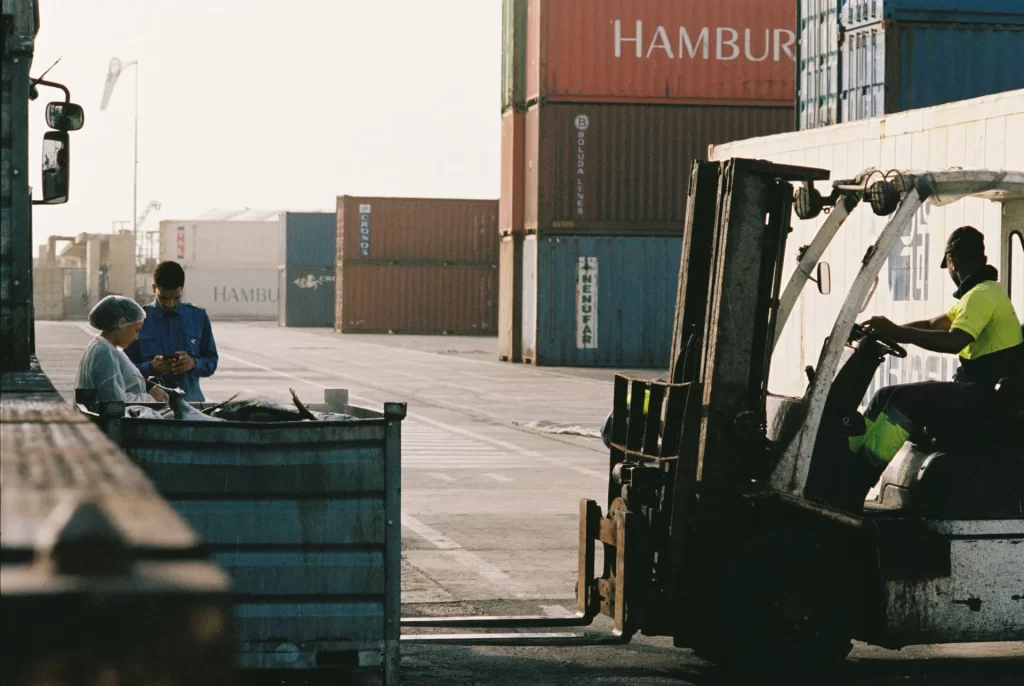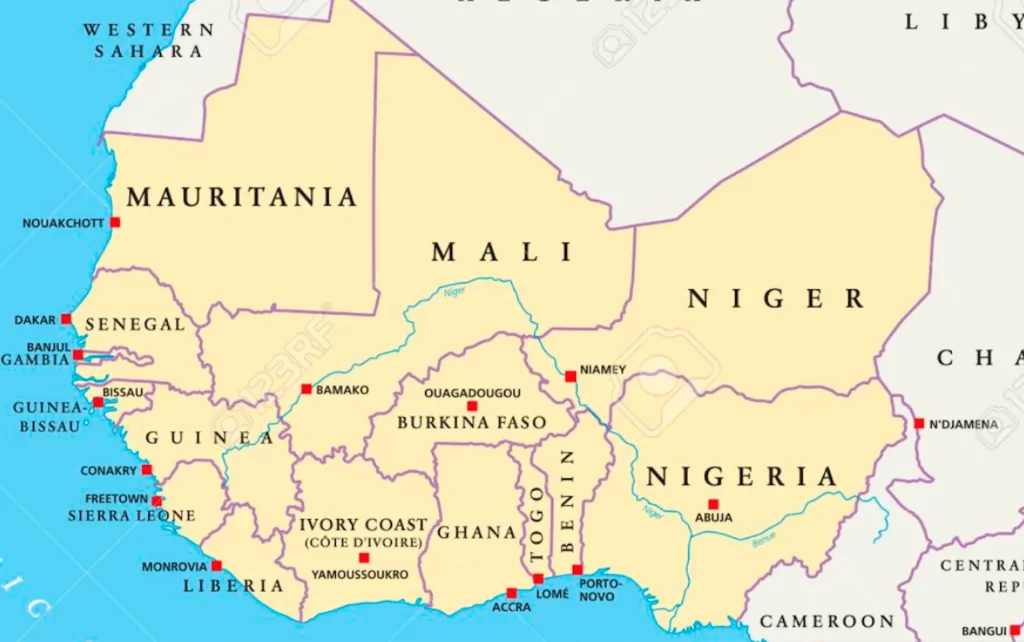Which Ports should be used for Landlocked Countries in the Sahel?

For Bamako in Mali
Dakar Senegal is the natural entry port and has always been. Not the shortest distance with approximately 1,350 km, but well established. There used to be a railway service available but unfortunately it has become somehow obsolete and unreliable.
Conakry Guinea is the secondary port of entry only 930 km away from Bamako, benefits from shorter transport times but not necessarily lower cost and sailing frequency driving higher shipping costs.
Abidjan Ivory Coast approximately 1,150 km away, a good option but hard to beat Dakar port on price and transit time if delivery point is the Malian capital or beyond.
For Niamey in Niger
Cotonou Benin is the natural port for entry for Niamey and most western Niger with a distance of 1,050 km. The Niger border with Benin is currently closed to all commercial traffic due to diplomatic tensions and alternative ports are being used.
Lomé Togo is the secondary port of entry with a distance of 1,125 km. Niger border is also closed, commercial traffic has been rerouted via Burkina Faso.
Lagos Nigeria is also a good alternative port, especially if delivery point is in eastern Niger with a distance of only 1,050 km to the border.
For Ouagadougou in Burkina Faso
Lomé Togo is considered the natural port of entry with a distance of 940 km and usually trouble free and quick transit times.
Abidjan Ivory Coast is approximately 1,160 km away and is a good option, plus there is a railway service only part of the way, which can be an advantage with large volumes.
Accra Ghana is also a good option with 980 km but Accra port’s charges tend to be higher than its competitors in the region.
For N’Djamena in Chad
Douala Cameroon is the natural port of entry for Chad with a distance of 1,810 km from N’Djamena. The port of Douala is one of the biggest in terms of volumes in west and central Africa.

